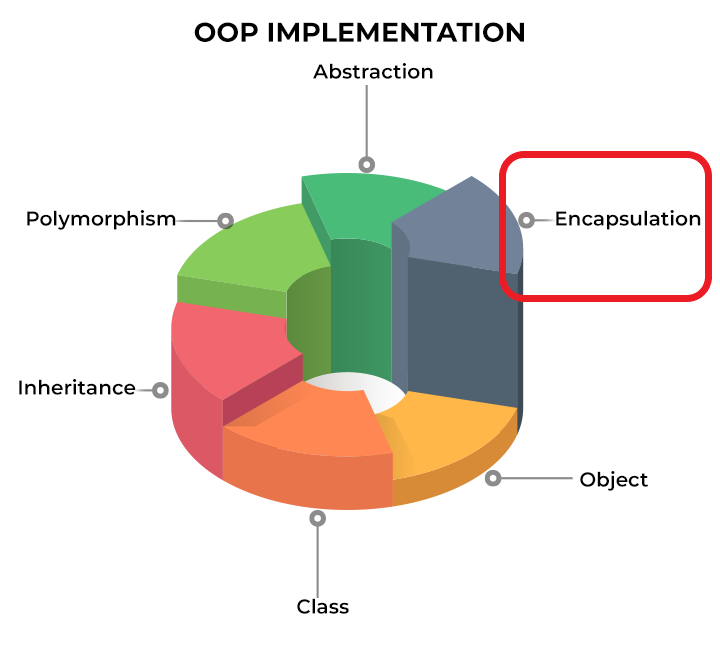Java SE: Encapsulation
Java Fundamentals and Principles
1 Overview
📘 Encapsulation
Encapsulation is the process of wrapping data and methods that operate on that data into a single unit. In other words, it is the process of hiding the implementation details of an object from the outside world.
In Java, encapsulation is achieved through the use of access modifiers like private, public, and protected.
Encapsulation is the process of grouping functions and data into a single entity. To access these data members, the member function’s scope must be set to public, while the data members’ scope must be set to private.
According to this theory, an item contains all important information; only a small subset is made available to the outside world. Each object has a private class that contains its implementation and state.
Here is an example of encapsulation in Java:
public class Account {
// Private instance variables
private double balance;
// Public methods
public void deposit(double amount) {
// Code for depositing money
balance += amount;
}
public void withdraw(double amount) {
// Code for withdrawing money
balance -= amount;
}
public void checkBalance() {
// Code for checking account balance
System.out.println("Current balance: " + balance);
}
}
In this example, the Account class has private instance variables and public methods. The balance variable is private, which means that it can only be accessed within the Account class. The deposit(), withdraw(), and checkBalance() methods are public, which means that they can be called from outside the Account class. This ensures that the implementation details of the Account class are hidden from the outside world.
